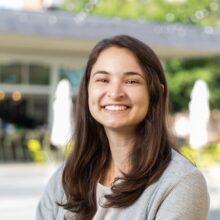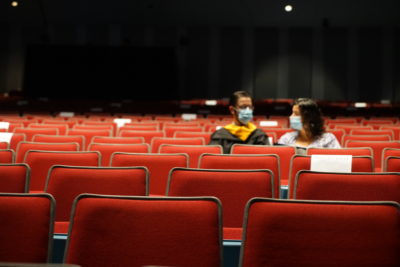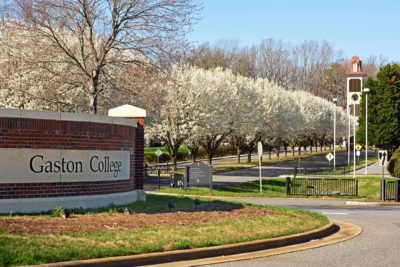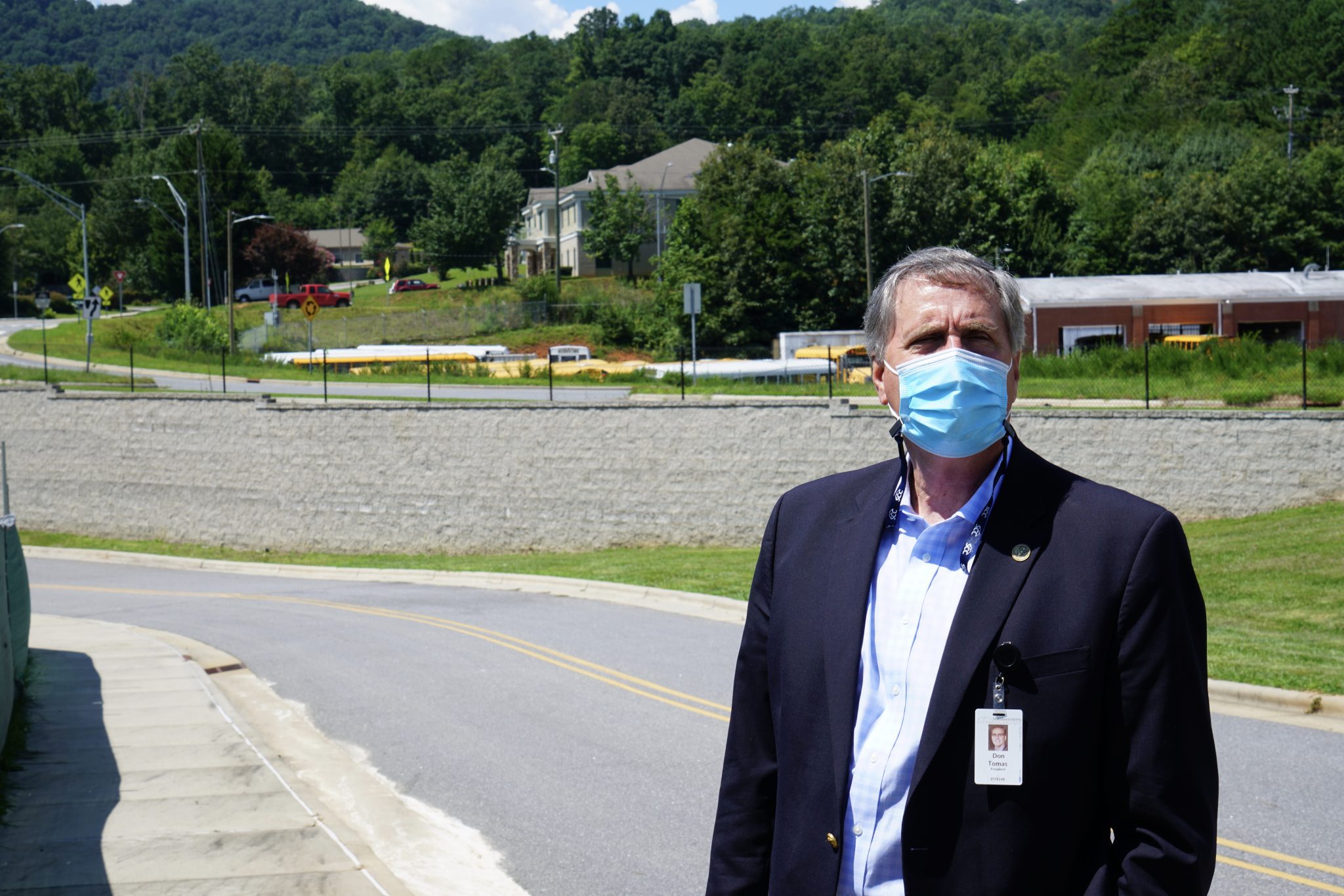

Driving into Southwestern Community College, it’s easy to get lost. The mountains surround the campus, painting a stunningly picturesque backdrop. This time of year is usually busy for the school, the week before classes start. This August is different, though. The silence punctuates the air, disrupted not by the hum of students filing in to enroll in classes, but by cranes operating on the construction site in the center of the college.
Many North Carolina community colleges started their fall semesters on August 17, including Southwestern. While some students log on to their virtual classes and others walk into socially distant classrooms, administrators have been working behind the scenes for months to make this semester run as smoothly as possible. Don Tomas is one of those administrators.
Tomas is the sixth president of Southwestern Community College (SCC). He joined the school in 2011 and has decades of experience in community college leadership. Recently, he was named co-leader of the new System Advisory Council Initiative on Diversity, Equity, and Inclusion by the State Board of Community Colleges. Still, even with years of experience and overcoming challenges under his belt, nothing could have prepared him for the pandemic.
Leading during a pandemic
Prior to his role at SCC, Tomas lived in Texas and worked at Weatherford Community College. While he was there, the college experienced a “100-year flood.” The event had a huge impact on the college community.
“We just finished registration, and we were going to start classes on Monday,” Tomas said.
“The 100-year flood [came] through, and our enrollment was cut in over half.”
Tomas went on to explain that even though the flood caused great difficulty for the college and surrounding community, they were able to manage it. COVID-19, on the other hand, is testing his and his team’s leadership.
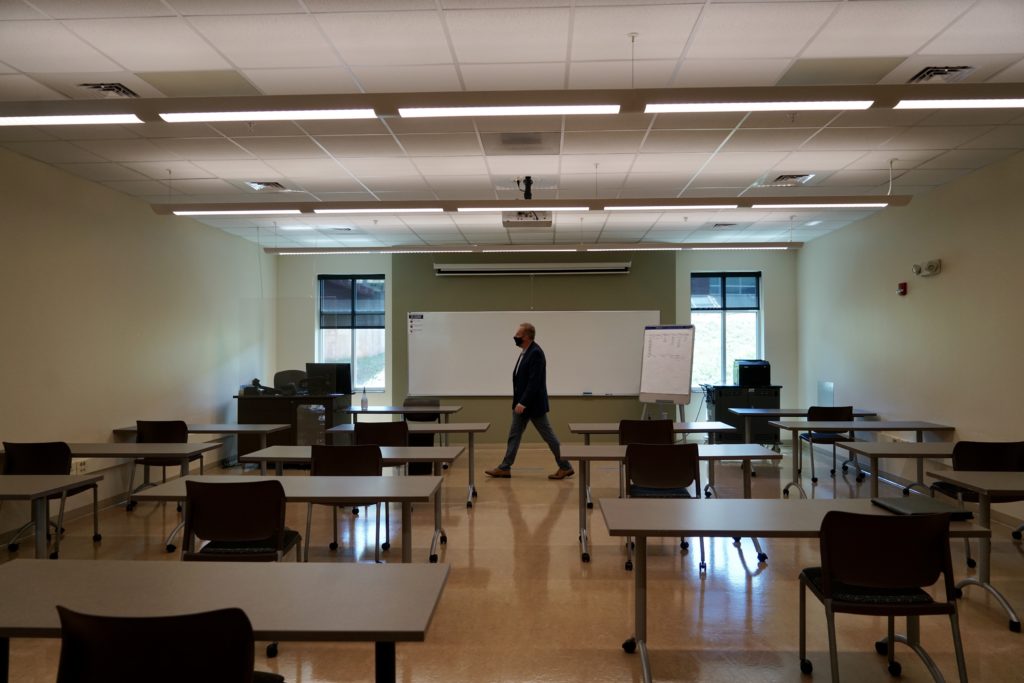

“[A flood is] not a pandemic that lasts on and on and on. You know, it hits, you fix it,” Tomas explained. “And you can start planning.”
Educators plan, Tomas said. They are proactive. They like to stay ahead of the curve. With the pandemic, that’s been nearly impossible. Tomas shared that instead of leading proactively, they are forced to lead reactively, which is a difficult place to be as an administrator. There’s new data coming in every week. Tomas and his team are doing their best to keep up with the incoming information and make decisions with student safety and success as the top priorities.
“It’s about safety. It’s about, you know, the responsibility of looking out for all faculty, staff, students, community visitors coming on campus and being flexible and fluid within this environment, knowing that we get data on a daily and weekly basis,” he said.
The question of enrollment
The process of enrolling at a community college versus a four-year college is a bit different. Community colleges are meant to be open door institutions, meaning that anyone who walks in can fill out an application and start taking classes. Some students wait until the week, even the day, before classes to enroll.
“You wake up that morning and you go, ‘you know, I think I may go register for classes that start this evening.’”
“That’s the beauty of a community college,” Tomas said. Last minute enrollment can make it difficult, though, for the college to accurately know how many students they’ll have in class at the start of the semester.
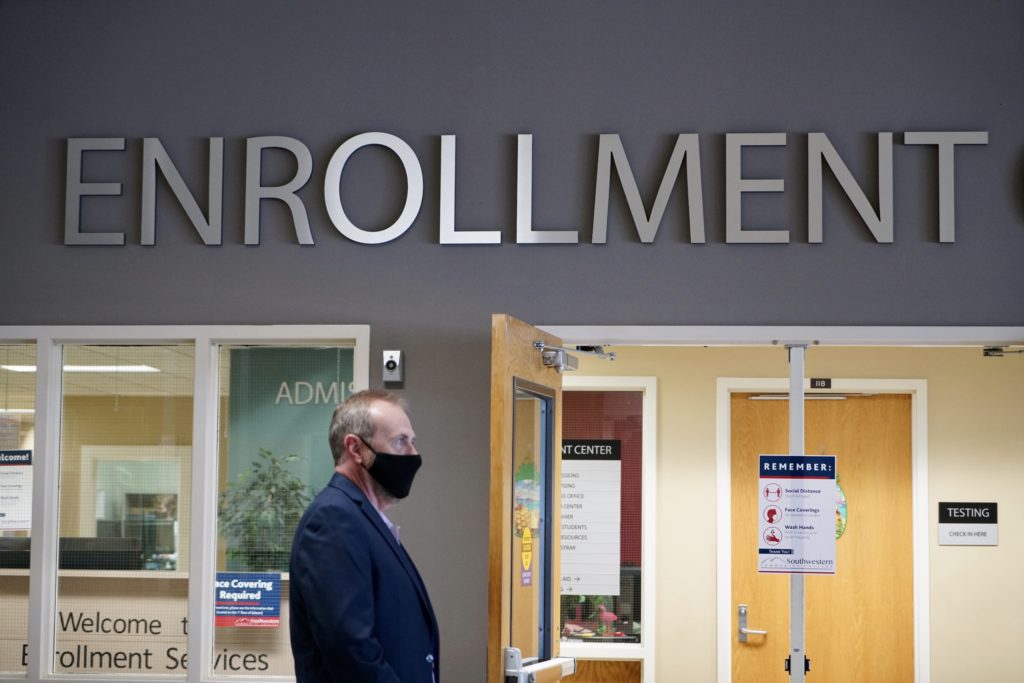

When I visited on August 12, enrollment was down at SCC. That’s concerning for Tomas and his team, especially because they aren’t used to seeing lower enrollment during an economic downturn.
“Usually when unemployment is very high, people flocked to the community college for skills training, enrichment, enhancement, degrees, whatever. You’re dealing with the pandemic that has created unemployment at a different level of anxiety and stress than any of us have ever dealt with before. So you have a lot of – not a lot – a tremendous amount of uncertainty, with individuals that are out there,” Tomas said.
Enrollment isn’t just about getting students registered and learning, it also impacts the college’s ability to financially sustain itself.
The impending budget crisis
When I asked Tomas what was keeping him up at night, he gave a myriad of answers: student safety, faculty health, enrollment. One issue he and his team kept circling back to in addition to health concerns was their budget. If enrollment is down, how will they make it all work?
“That’s where it’s going to be very scary about the budget in the future, because it’s based on that FTE,” Tomas said.
Community colleges in North Carolina get funding from the state based on Full-Time Equivalent students, or FTE. Simply put, if enrollment is down, they will get less money. Fewer students means fewer coins. It’s not so much a concern for this year, Tomas explained, but for the future. Community colleges, unlike K-12 school districts, are funded in arrears, which means their funding each year is based on previous years’ enrollment.
“I’m not as concerned about this year because we know where we’re at for this year. Is it going to be tight? Is there going to be a squeeze on us? Yes. Can we manage it? Yes. I really think we can all do that for this year,” Tomas said.
If FTE is down, what will that look like numerically? How will that impact the school monetarily? These are the questions Tomas and his team are asking, and they don’t have answers just yet. What they do know is that budget cuts mean program cuts, and that’s concerning.
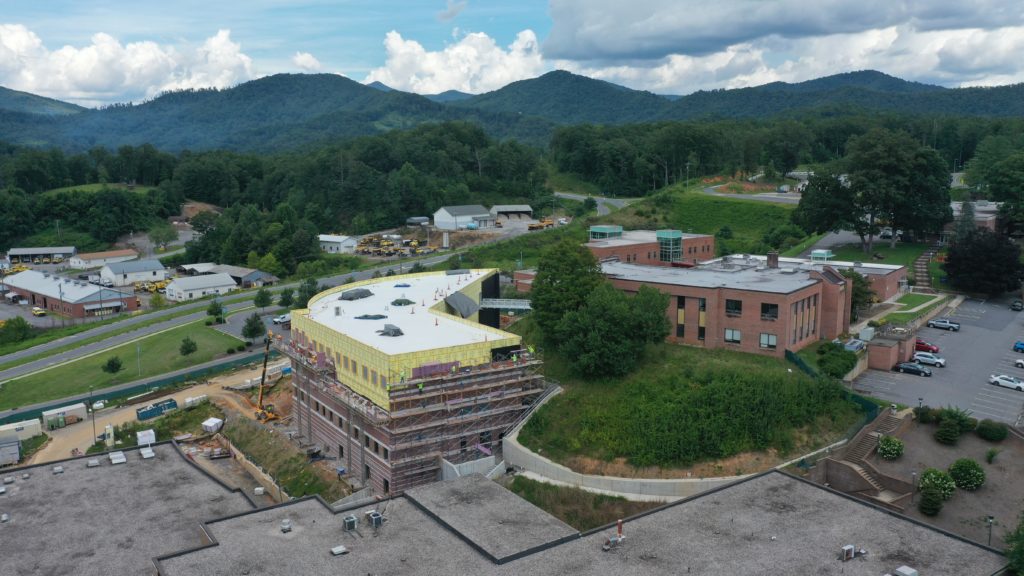

Remember the construction I mentioned earlier? Well, it’s almost nearing completion. The new health sciences building at SCC is a $20 million project. The upstairs floors will be filled with state-of-the-art classrooms, and the downstairs will serve as a community health clinic. They’ve been dreaming of it for years, and now that it’s standing tall, they’re worried about filling it.
“A year ago, I would have never thought that we would potentially have a challenge of maybe filling it,” Tomas said.
Tomas is eager to see what kind of support will come through the General Assembly.
“This pandemic isn’t anything really unlike a hurricane or a major environmental disaster, where there’s always been relief at the state level to support that loss of enrollment, or that loss of FTE,” he said.
Tomas mentioned that if they hadn’t had access to the CARES Act funding, their ability to survive this year probably wouldn’t look the same.
Remembering the why
While there are countless concerns keeping Tomas up at night, the one thing pushing him forward is clear — the students.
“It’s all for one purpose and that’s for the student.”
“The big conversation, the big focus is, what are we doing about student success? How are we managing that student learning?” Tomas asked.
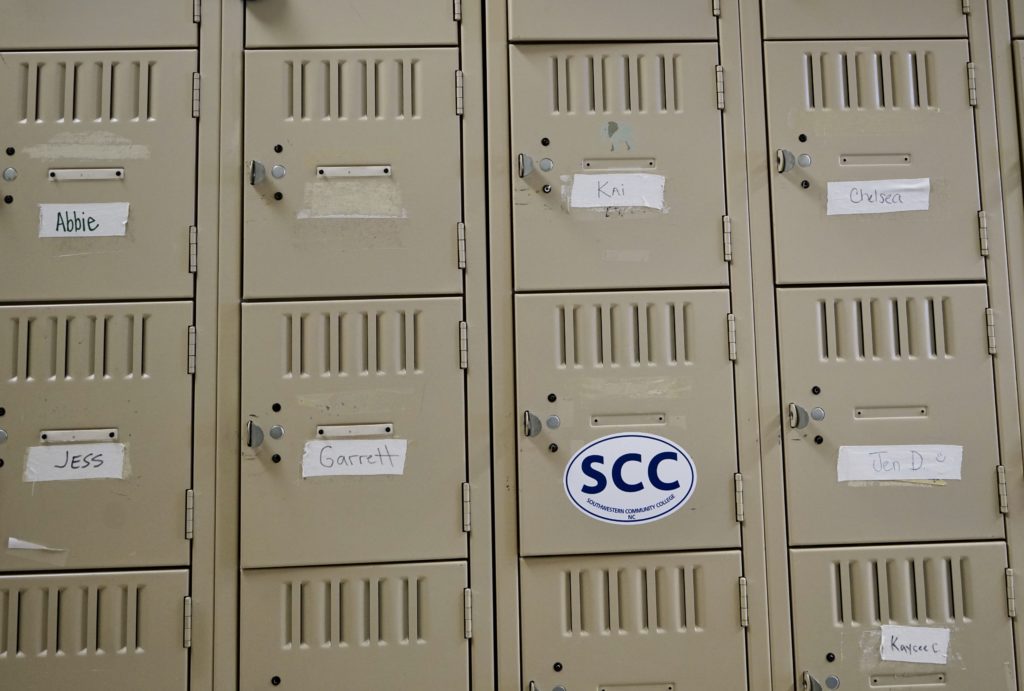

The questions get him up in the morning; the hope for answers guides his work. He also thinks about his faculty and is impressed by their resilience every day.
“It’s been inspirational to see people pull together,” Tomas said. During our campus tour, a teacher pulled us aside to thank the administrative team for their leadership during this challenging time. The camaraderie the pandemic has created on campus is palpable.
With a strong sense of vision, unity comes naturally. For SCC, it’s about creating the best environment for student success as possible. Although the pandemic has created unforeseen challenges, the mission of the college is clearer than ever:
“We’re here to take you from where you are to where you want to go.”
